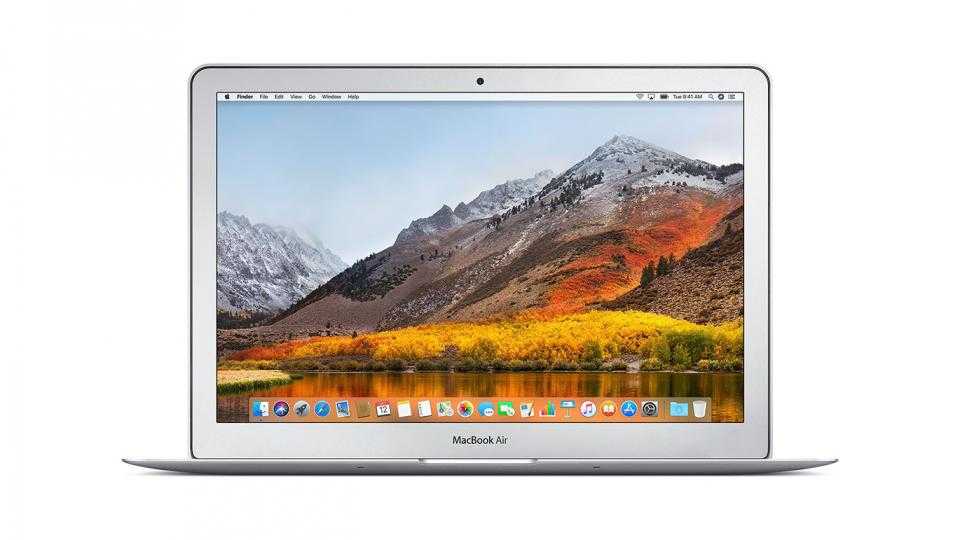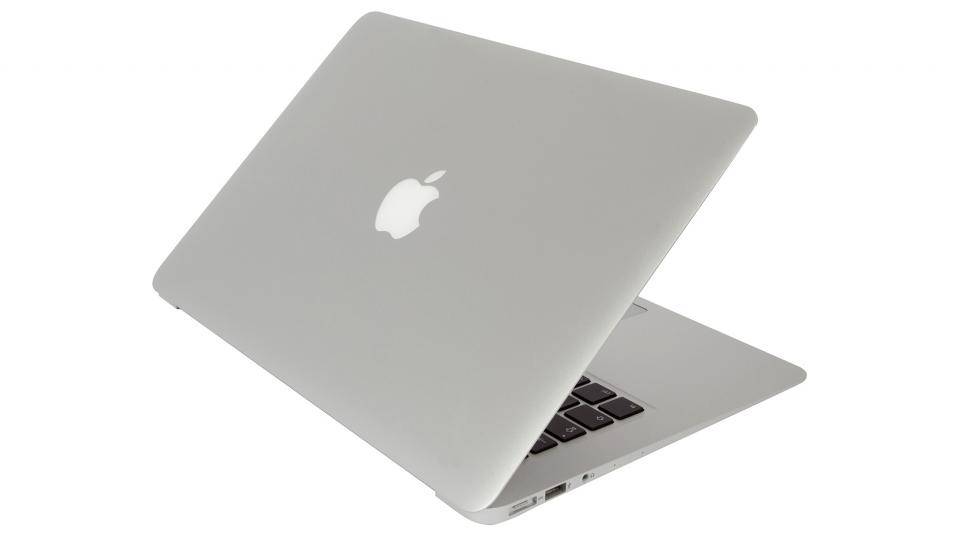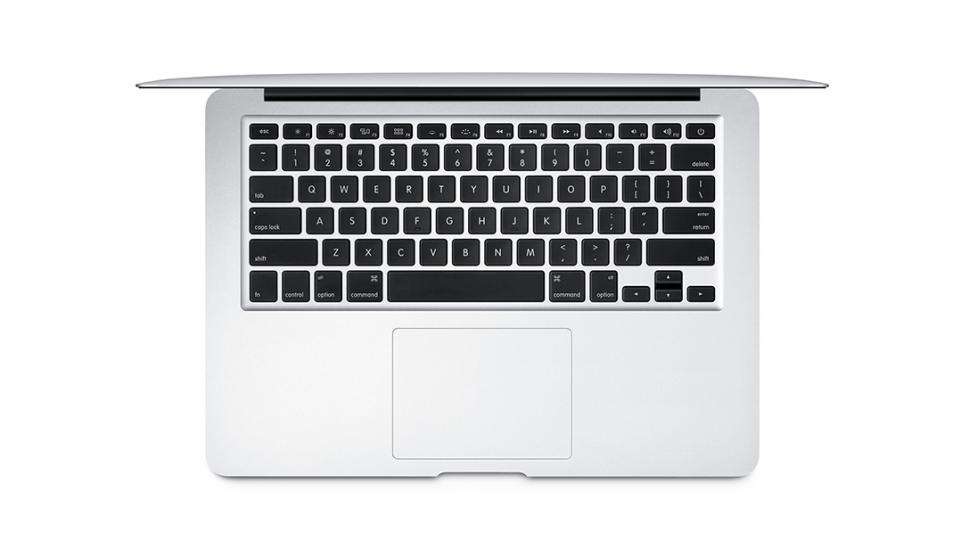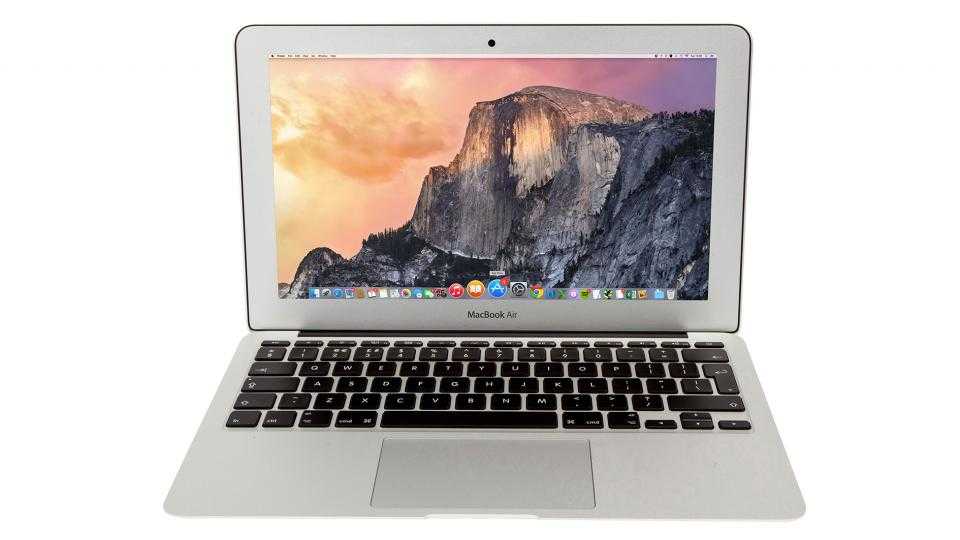In early 2018, the MacBook Air celebrated its tenth birthday. In the decade since its introduction, it hasn’t changed a whole lot, but it’s always been one of the most desirable laptops on the market – showing up in coffee shops around the globe. Arriving just before its tenth anniversary, the most recent “upgrade” is the 2017 MacBook Air.
Externally, very little has changed. Internally, there’s even less to talk about; rather than fitting it with a seventh generation Kaby Lake processor, Apple has swapped out one fifth-gen Broadwell Intel model for another, meaning the latest MacBook Air is three generations behind its fellow MacBook siblings.
To make things worse for the Air, Apple has just released two brand new MacBook Pro 2018 upgrades, a 13in and a 15in model, and there are some pretty significant spec overhauls. Meanwhile, there's no mention of a MacBook Air upgrade, so it seems as though Apple is content to leave it in the dust.
READ NEXT: MacBook Pro 2017 review
MacBook Air review: What you need to know
If you’ve been in literally any coffee shop or university library in the past, oh, ten years, then you’re already familiar with the MacBook Air. For a time it was once the most sought after laptop on the market, but the MacBook Air hasn’t changed that much since. It’s a pretty iconic piece of kit: thin, light, silver all over, and light as you like, the MacBook Air is Apple’s cheapest laptop.
Upgrades have been few and far between, as Apple occasionally upgraded the MacBook Air’s processors, display resolution and the touchpad. The most recent change arrived in 2017 and, as usual, very little was altered.
MacBook Air review: Price and competition

A few years ago, the MacBook Air was the biggest fish in the pond when it came to £1,000 laptops. But, there are now more sharks in the water than ever before. Most dangerous of all is the Dell XPS 13 , our current ultraportable favourite. At £999 it’s only £50 more than the £949 MacBook Air – It’s fitted with a cracking bezel-less Full HD display and its eighth-generation Intel CPU is three generations ahead of the current MacBook Air.
Also in the running is the Asus ZenBook 3 , a feisty Windows-10-equipped laptop which, at £955, poses a serious threat to the MacBook Air. It’s lighter, has a faster Intel Kaby Lake CPU, and serves as a great macOS alternative for those not sure about making the switch to Apple’s Operating System. Lastly, there’s the bog-standard MacBook , which for an extra £300 offers a faster dual-core 7th-generation Intel Core m3 processor, IntelHD Graphics 615, and double the storage at 256GB SSD.
Buy the MacBook Air now from John Lewis
Apple MacBook Air review: Design

Unsurprisingly, there's no change in the chassis design here, and it's the one piece of consistency we can't exactly complain about. The aluminium shell is as light (1.4kg) and as thin (17mm) as ever, and is a large part of what makes the MacBook Air such a desirable laptop. This is a laptop that’s designed to take up as little space as possible, and once again, Apple succeeds. The tapered edges help make the front end just a couple of millimetres thick, resulting in a genuinely attractive and impressive piece of kit. That said, it would have been nice to see the inclusion of the butterfly-switch keys found in the latest MacBook Pro.
The keyboard itself is also largely unchanged, sticking with the same black, island-style keys as before. Keyboard responsiveness is top notch and there’s a reasonable amount of travel here, too. As always, Apple has managed to provide one of the best laptop keyboards there is; it’s comfortable to type on for long periods at a time, and at speed. The Air’s trackpad is the same as before, too, which sadly doesn’t include Apple’s recent pressure-sensitive Force Touch tech – which was first introduced in the 2015 MacBook. Of course, that’s not to say the old touchpad is terrible; it’s still incredibly responsive and a match for even the best touchpads on Windows-based laptops.

The MacBook Air has solid connectivity options, despite its size, with two USB3 ports – one on either side – as well as a 3.5mm head jack, SD card reader, and a Thunderbolt 2 charging port. A minor Wi-Fi connectivity upgrade has been made to the 2017 version, with 802.11ac WiFi replacing 802.nn for better coverage and higher speeds on the latest networks. There’s no Gigabit Ethernet connector; for that, you’ll need a Thunderbolt 2 adaptor, available from various websites – Apple sells one for £29 .
Buy the MacBook Air now from John Lewis
Apple MacBook Air review: Performance and battery life
At the time of launch, the 2015 MacBook Air was no couch potato. Its dual-core 1.6GHz Intel Core i5-5250U processor might not turn heads, but it’s still perfectly decent and should be able to get you through most modest tasks without any fuss.
The 2017 upgrade adds a 1.8GHz dual-core Intel Core i5 processor, with maximum ‘Turbo Boost’ clock speeds of up to 2.9GHz. That’s better, yes, but it’s a long way behind the 2.3GHz quad-core Intel Core i5 chip powering the entry-level MacBook Pro.
General web browsing, photo editing, and the odd spot of video editing certainly aren’t beyond the reach of this machine, although the latter will be a little bit more sluggish if you’re working with large files. If you're after some extra oomph, the newest MacBook Air can be configured up to a 2.2GHz dual-core Intel Core i7 processor (Turbo Boost up to 3.2GHz) and 512GB of SSD storage for £1,384.
The Intel i5 Broadwell processors powering the 2015 and 2017 models are very power efficient, capable of lasting a day on a single charge with moderate use. This is one perk that’s hard to replicate with the MacBook Pro, especially if you don’t always have ready access to a plug socket. Gaming performance is capable at best, with the integrated Intel HD Graphics 6000 producing an average frame rate of 27fps in our 1,280 x 720 Dirt Showdown benchmark. If you’re happy to turn down your graphics settings and resolution, the occasional bit of light gaming is still well within the MacBook Air's reach.
The 2015 model was a little lacking in terms of RAM – the base model packed 4GB, while the upgraded version contained 8GB for an additional £80. The current model has a non-negotiable 8GB 1600MHz of LPDDR3 memory, which is the bare minimum we’d expect from a laptop that costs just shy of four figures.
The entry-level MacBook Air (£949) now comes with 128GB SSD storage and for an extra £150, you can double that to 256GB. Alternatively, you can go the whole hog and opt for 512GB of storage for an added £300 – the latter would bring your MacBook Air purchase up to £1,249.
Buy the MacBook Air now from John Lewis
Apple MacBook Air review: Display

The MacBook Air's display was already rather old hat in 2015. Fast forward to 2018, and we still have to make do with a 1,440 x 900 resolution IPS panel with poor viewing angles, low 683:1 contrast, poor colour coverage (70.2% of the sRGB colour gamut) and painful motion blur when scrolling through documents.
It’s a crying shame to see there's been no improvement here, especially when you consider the standard MacBook has a 2,304 x 1,440 resolution screen. A saving grace, though, is the Air’s screen brightness; at a little over 300cd/m2, it’s well-suited for the odd bit of essay writing in the garden.
Apple MacBook Air 2017 review: Verdict
The latest MacBook Air finds itself in an awkward position. At £949, it’s the entry-level Apple laptop and the most (relatively) inexpensive way to get a hold of Apple’s latest operating system, macOS High Sierra. Then again, for only £300 more, you could choose either the standard MacBook, with a much-improved display, or the cheapest 13-inch MacBook Pro .
And if you decide you want a fully kitted out MacBook Air, you’re looking at a wallet-fearing spend of £1,384. At that point, I’d recommend getting a 13in MacBook Pro with a beefier 7th-generation Intel Core i7 processor, 2,560 x 1,600 resolution screen and two USB-C ports for only £150 more.
Then again, the extra battery life compared to the MacBook Pro is a genuinely tempting prospect, as is the 200g difference in weight. We just wish the display was just that little bit better: a screen resolution of 1,440 x 900 simply isn't up to scratch with the competition. We eagerly await news from Apple of an upgrade that will restore the MacBook Air to its former glory, but after such a paltry effort with the 2017 model, we wouldn’t be surprised if the Air was phased out completely.
Buy the MacBook Air now from John Lewis
